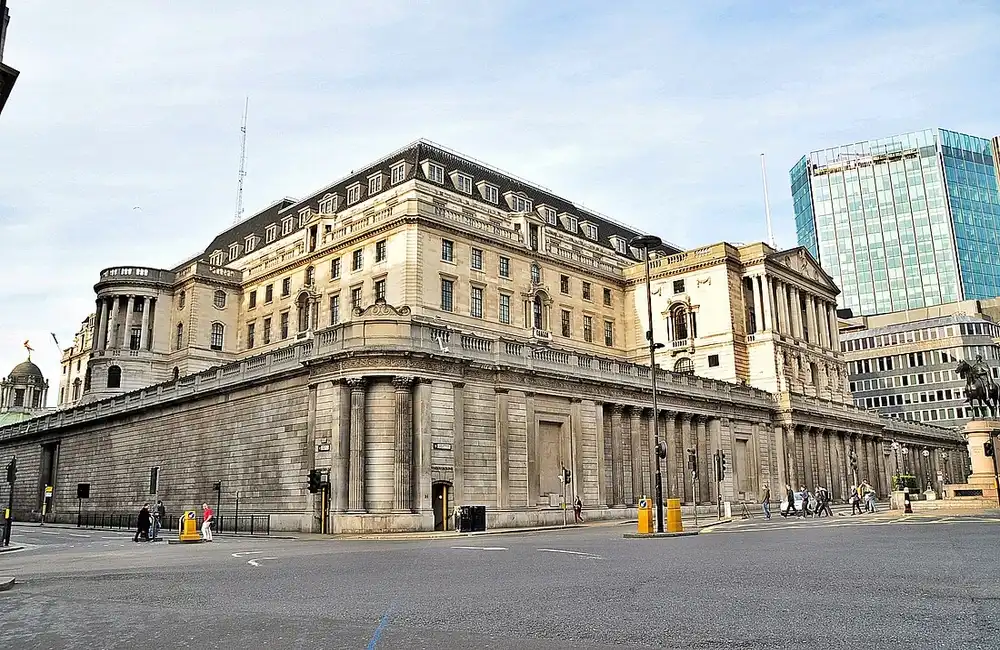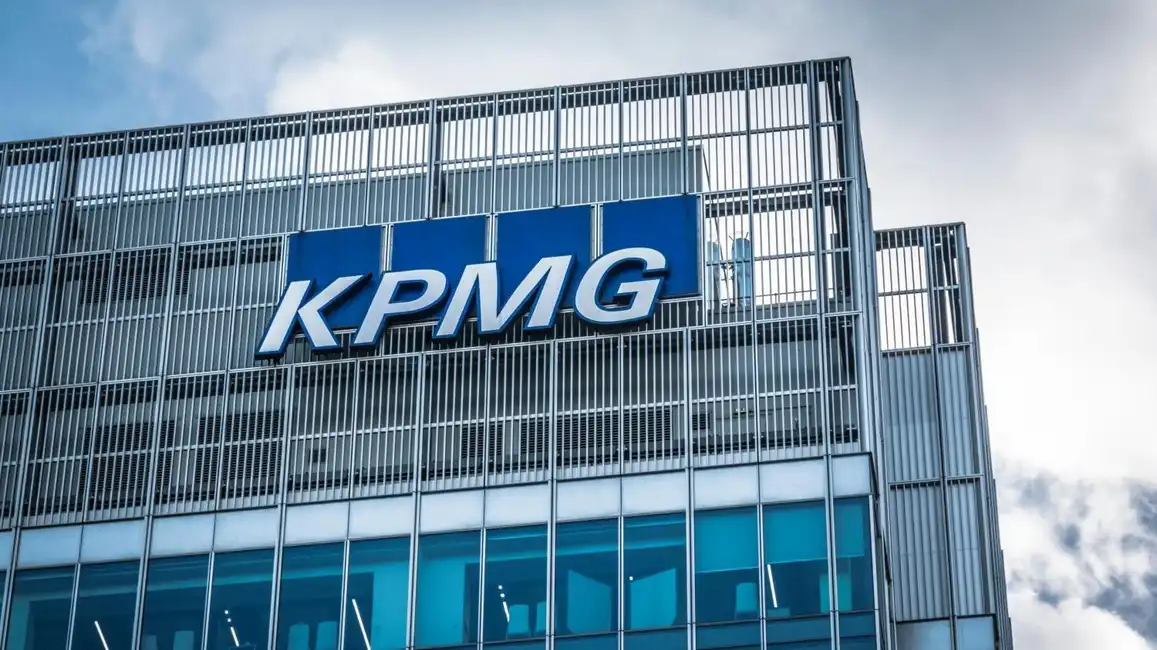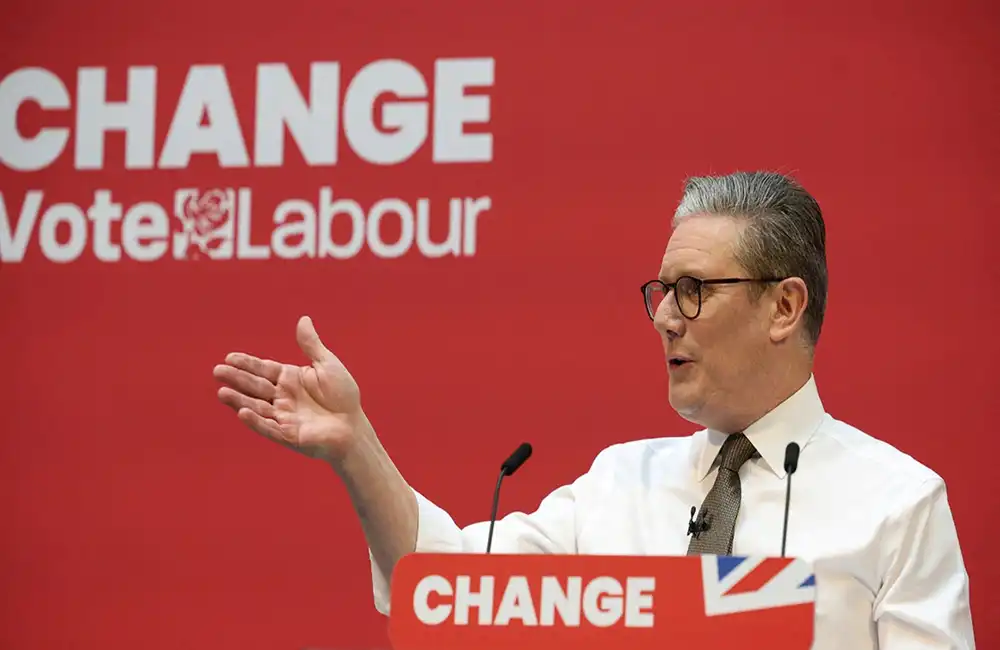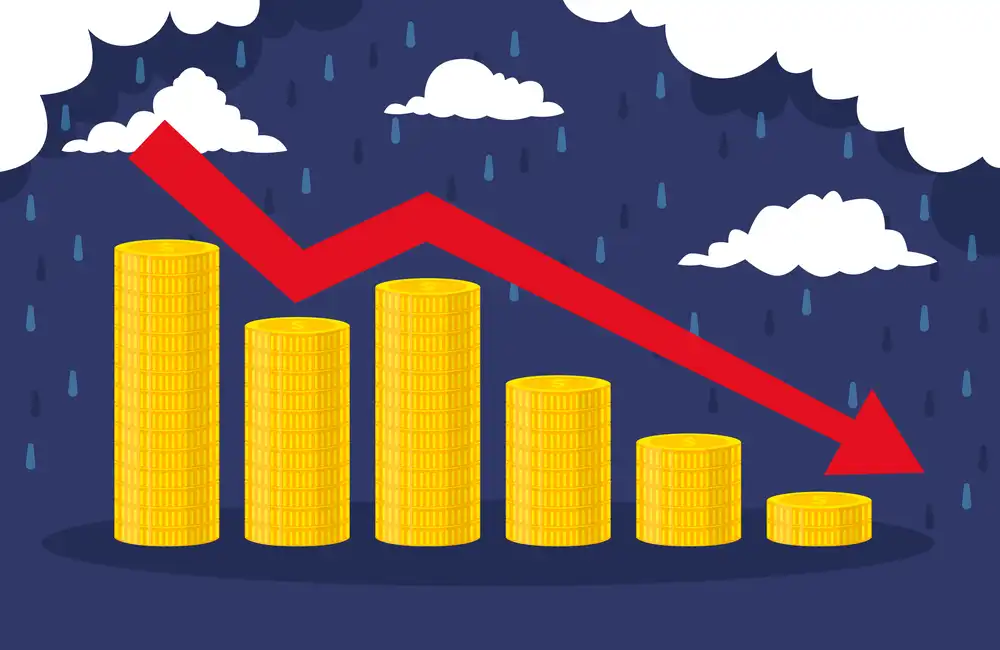Retail footfall in the UK rose by 2% compared to the previous week up to 13 April 2025 according to data from the Office for National Statistics (ONS) and multiple industry tracking sources.
The slight increase indicates an emerging recovery in shopping activities at high streets and retail spaces. Despite being modest in size the increase provides valuable understanding of how consumer confidence and economic conditions evolve as the UK moves closer to economic stability.
The data shows better consumer behaviour trends which remain beneath pre-pandemic levels of 2019 but have potential major effects for retailers and property landlords as well as investors and policymakers.
Sector and Geographic Breakdown
Retail environments and regions experienced uneven distribution in the 2% increase of retail footfall. The largest proportional growth in foot traffic occurred on high streets which feature both independent shops and large chains with visitor numbers rising by 2.5%. The growth in retail visits stems from a renewed fascination with city retail spaces which has been supported by better transport connections and people's desire for outdoor activities due to the weather.
While shopping centres shifted their tenant mix to add leisure and experiential options they experienced a modest footfall increase of 1.7%. Out-of-town retail parks experienced a 1% increase in visitors due to steady growth from customers who value parking ease and shopping convenience.
The retail performance in southern England surpassed other UK regions with Bluewater and Westfield Stratford registering major growth in shopper numbers. Persistent cost-of-living hurdles appear to have limited discretionary spending power resulting in more subdued momentum for retail footfall in northern towns and cities.
Economic and Seasonal Context
The surge in footfall was likely driven by multiple external influences. The consumer activity increased dramatically at grocery stores, confectionery shops, and garden centres due to Easter celebrations occurring early in April. Retail spending surged due to early spring promotions which utilised Easter shopping patterns. The above-normal temperatures enticed many people to walk on high streets and visit outdoor retail places which allowed shoppers to leisurely browse.
The reduction in inflationary pressures has started to improve consumer confidence. The newest Consumer Price Index (CPI) data indicated annual inflation dropped from 4.2% in March to 3.8% by early April. The decrease in inflation has provided households some financial relief despite remaining above the Bank of England's 2% target. Recent months have shown wage growth slightly exceeding inflation rates thereby providing a modest increase in disposable income. High interest rates create challenges for mortgage managers and credit holders by slowing down economic recovery.
Retail Industry Implications
The number of people visiting stores represents an instantaneous gauge of consumer behaviour and economic performance. UK retailers experience a week-on-week growth of 2% in foot traffic which appears small yet indicates a positive trend. Department stores such as John Lewis stand to gain from consumers' growing interest in premium homeware and apparel while grocery leaders Tesco and Sainsbury’s are positioned to profit from seasonal demand arising from Easter events and springtime social gatherings.
Marks & Spencer and WHSmith benefit from more visitors to their high street and transport-oriented stores when city centres and transport hubs experience higher activity levels. Independent retail stores located on city streets will benefit from larger pedestrian traffic which supports local business operations.
However, challenges persist. Increased footfall does not diminish the importance of monitoring conversion rates. Higher customer volume does not automatically lead to higher spending when household budgets remain cautious.
The consistent expansion of online shopping keeps transforming how consumers make purchases. Retailers need to maintain their digital transformation strategies while combining physical products with online services to reach broader customer groups.
Implications for Investors
Investors interpreting improved UK retail footfall see it as a tentative positive indicator for consumer sector recovery. Investors who monitor retail stocks might find promising opportunities especially with businesses that stand to gain the most from seasonal trends. The grocery and department store sectors may see sentiment shifts if Tesco or M&S report stronger-than-expected results.
Real estate investors in commercial retail properties and REITs stand to benefit from positive industry trends. Rising foot traffic creates opportunities for landlords to secure lease renewals and achieve higher yields. The most substantial benefits will accrue to retail parks which host anchor grocers or multi-format tenants because essential services generate consistent customer traffic through every economic phase.
Investor interest in Exchange-Traded Funds (ETFs) and equity funds that target UK consumer discretionary stocks could grow as sentiment improves but global macroeconomic risks remain that could affect overall investor confidence in this market sector.
Market Sentiment and Policy Watch
The 2% rise in retail footfall which shows immediate progress leads policymakers and market economists to approach the data with careful scrutiny. The slight rise meets the Bank of England's predictions for domestic demand stabilisation but will not prompt immediate changes to monetary policy projections.
To predict future market trends analysts will examine monthly retail sales data along with business investment activity and real wage growth patterns. A consistent increase in retail activity would show wider economic stability which lets policymakers choose to modify current interest rates. Continued weakness in credit markets or housing sentiment would challenge this outlook and result in rate cuts being maintained.
The Road Ahead
UK retail footfall increased by 2% during the week ending on 13 April 2025 indicating a guarded but optimistic forecast for Q2 recovery. This development represents only one element within a bigger economic framework. To understand economic momentum better retailers, commercial landlords, policymakers, and investors must track more data points. Important indicators for monitoring economic progress are changes in sales volumes together with employment patterns and discretionary spending habits.
The gradual progress toward recovery demonstrates consumer resilience while the economy adapts to a “new normal” through small advancements such as increased pedestrian activity.




















